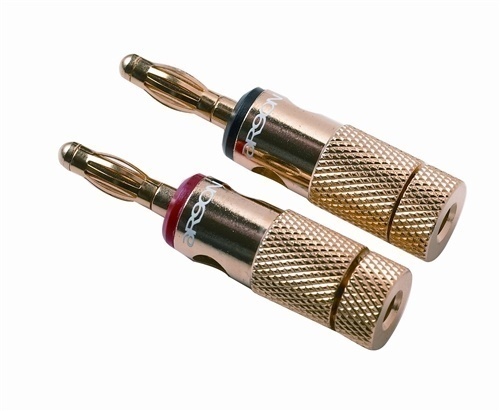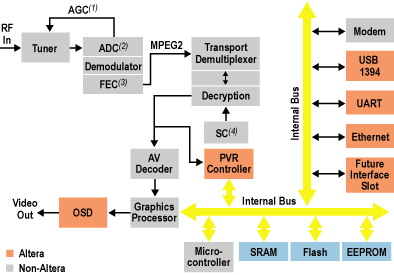A banana plug is mainly used to insert speaker wire coming from an amplifier or receiver directly into the speaker. The banana plug is named after its shape. It is a slender, but bulging prong that is similar to a banana. However, unlike bananas, the banana plug is not bent, but straight. Other uses for the banana plug is to test electronic equipment – specifically used to terminate patch cords. It should be noted that the banana plug is the male version and the banana jack is referred to the female version of the plug.
The main part of the banana plug is about 25 mm long (about the size of one inch) and has a diameter of 4mm. This part is a cylindrical metal prong, which is inserted into supporting electrical jacks. The banana plug gets its bulging prong shape because it’s located on this 25 mm plug, there are several lengthwise springs that bulge. These springs ensure that the banana plug sets firmly inside the supporting electrical jack.
On the opposing end of the banana plug is a hole where speaker wire or other types of insulated wires can be inserted into. In most cases, the inserted speaker wire is either screwed or soldered and the entire end is covered with an insulation coat.
While banana plugs are used for many Hi-Fi home electronic components, for higher voltages, there are special banana plugs that include an insulating sheath around both ends of the plug to steer clear of accidental electrical shocks.
Besides single banana plugs, dual banana plugs are also available, with the ability to connect two wires to one single component. Most banana plugs come in the colors of red and black, though many colors are available.

Banana plugs are also used with coaxial cables and other types of high voltage usages. While effective and very affordable, most Hi-Fi audio equipment produced today usually put to use other types of connections including RCA cables, HDMI, etc. Banana plugs may also cause accidents such as electrical shocks, burns & short circuits when energized with voltage. To avoid such hazards, many types of coverings are available for protection and safety.




Follow Us!